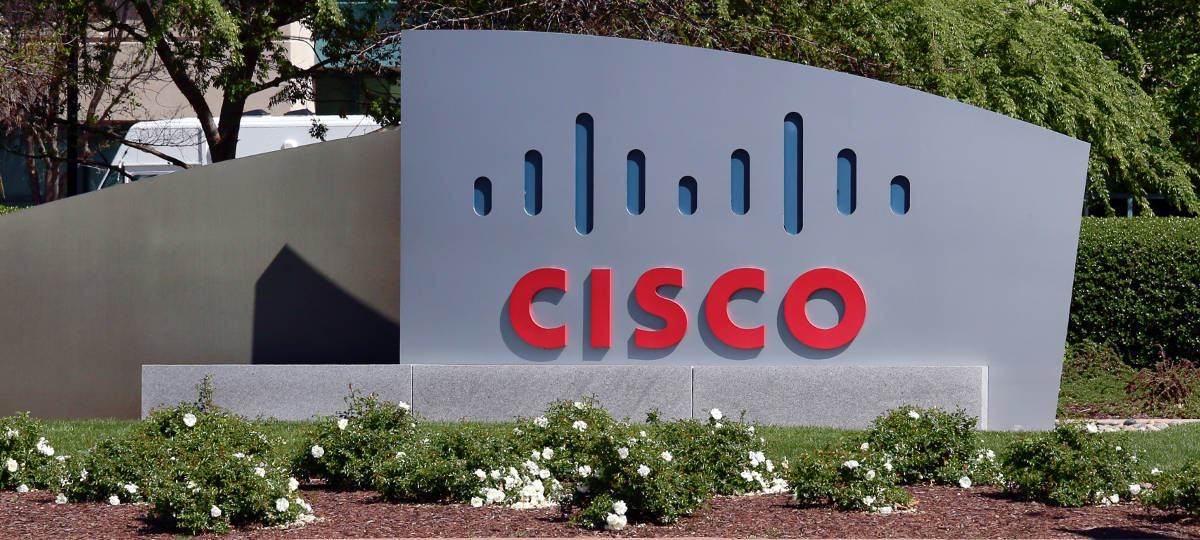The MEF has provided an update on its expanded scope of work that is accelerating the industry transition to agile, assured, and orchestrated services optimized for the digital economy and the hyper-connected world. The MEF now has more than 30 ongoing projects & initiatives to enable creation of Third Network services that offer user-directed control over service capabilities and cloud connectivity.
The MEF’s strategic work is focused on the following three major areas:
Third Network Services
Third Network services combine the on-demand agility and ubiquity of the Internet with the performance and security assurances of Carrier Ethernet 2.0. Optimized for real-time, QoS-enabled, secured traffic and integration of value-added network functions-as-a-service, Third Network services are delivered over automated, virtualized, and interconnected networks powered by CE 2.0, LSO (Lifecycle Service Orchestration), SDN, and NFV.
CE 2.0 Foundation. Widely deployed CE 2.0 networking fabrics are the foundation upon which to build Third Network services. While expanding upon extensive specifications, operational frameworks, and CE 2.0 certification programs, the MEF is also advancing important initiatives like the Ethernet Interconnect Points (EIP) Project and MEF Services Interconnect (MEF-SI) Program that streamline deployment of fully-featured interconnections between different service providers to maximize coverage of Third Network-ready infrastructure. The MEF is also taking a market-leading role in showing how CE 2.0 services can be implemented using SDN and NFV, with MEF White Papers on these topics already published or close to release.
Layer 3 IP. The MEF recently launched a Layer 3 IP project that will create a standard set of attributes that can be used to define IP services delivered over a single provider network or over multiple interconnected networks. Standardized IP service attributes consistent and compatible with those of globally adopted CE 2.0 services will allow service providers to leverage the MEF’s LSO work to create agile, assured, and orchestrated IP services.
Lifecycle Service Orchestration
The MEF is defining LSO capabilities and supporting APIs to streamline and automate the entire service lifecycle in a sustainable fashion for coordinated management and control across all network domains responsible for delivering an end-to-end connectivity service (CE 2.0, IP VPN, MPLS, SDN/NFV, etc.). This increasingly important area of work enables service providers to transition away from today’s silo-structured BSS/OSS approach towards flexible end-to-end service orchestration that leverages the benefits of SDN and NFV.
LSO Reference Architecture, Interfaces & APIs. The MEF has completed the first phase of its LSO work with the foundational LSO Reference Architecture & Framework, which will be published in the near future. Its LSO Management Interface Reference Points already are being referenced not only within MEF projects and activities but also in other industry organizations that are collaborating with the MEF. These standardized LSO Reference Points will enable faster integration of service orchestration innovations into a multi-stakeholder ecosystem.
With the LSO Reference Architecture in place, the MEF is now focused on describing the functional components of the service orchestrator and on defining the APIs that enable LSO interoperability.
LSO Operational Processes & Use Cases. The next phase of LSO development also includes detailed work on various LSO operational processes/threads that describe use cases of LSO behavior and the series of interactions among management entities spanning customer, service provider, and partner provider management domains.
Common Information Model. The MEF has developed a methodology for integrating all the Information Models in its various MEF projects into a single unified Common Information Model that will serve all new projects to maximize consistency of Interface Profiles throughout the architecture of Layer 2 – 7 services. Alignment of Information Models across this industry is now broadly recognized as one of the key requirements for a hyper-scalable environment.
Industry Collaboration & Open Initiatives
As part of the UNITE program, the MEF is playing a major role in aligning the ecosystem of industry standards and open source players to accelerate the industry transition to more agile, assured, and orchestrated network services.
OpenCS & OpenLSO. The MEF has launched two new open initiatives to help bring Third Network services to market faster.
OpenCS is a network ecosystem that enables a SDN and NFV reference implementation of open source software and open spec hardware for MEF-defined services, starting with CE2.0 and evolving to Layer 3 IP and above.
OpenLSO is an orchestration ecosystem that enables a reference implementation of open source solutions and interfaces that adheres to the MEF LSO specification. OpenLSO will focus on real working open source code for core LSO functions and open standard APIs for traditional and emerging SDN & NFV network infrastructures, such as OpenCS.
LSO Hackathons. LSO Hackathons are designed to accelerate the development of LSO APIs, SDN controller plugins, and LSO orchestration solutions and speed the implementation of solutions for CE 2.0 and Layer 3 IP services in the open source community. The MEF held the inaugural LSO Hackathon at GEN15 and will be hosting additional Hackathons at the MEF Quarterly Meeting in Rome during 27-29 April and at MEF16 in Baltimore-Washington during 8-10 November.
Roopa Honnachari, Industry Director, Business Communication Services & Cloud Computing Services, Frost & Sullivan: “What we see today with this important strategic announcement from the MEF is that the whole industry is behind the Third Network and working in collaboration to develop end-to-end LSO as the enabler to make it happen. The transition to agile, assured, and orchestrated services for the hyper-connected world is now truly underway.”
Erin Dunne, Director of Research Services, Vertical Systems Group: “Operators worldwide are actively integrating SDN and NFV into their networks in order to support advanced capabilities like dynamic Ethernet connectivity that are not possible to deliver using legacy service infrastructures. The MEF’s initiatives combining CE 2.0 as a foundation, LSO, plus Open Source provide operators with an essential standardized framework to help drive the industry transition towards more flexible network services.”















